by Sachi Sri-Kantha, December 10, 2014
Here is the comment, which I received from fellow MGR biographer and friend R. Kannan, for Part 22, on November 5th.
“Hello Sachi: I just finished part 22. Nicely done. You might have wished to record SSR and MGR showing up at the Vellore General Council meeting [of DMK] together from an adjacent room when Sampath gets into a situation. You may have wished to also mention that SSR did ‘Thanga rathnam’ as a propaganda film for the DMK in the 1969 polls. Also that SSR was one of Anna’s closest and had criticized MGR for his talk ‘Anna is my guide’ [delivered at a function, felicitating Kamarajar’s birthday].
I am trying to get hold of SSR’s autobio. I shall try to get two copies and send you one if possible…”
In the previous chapter, I noted the death of Sedapati Suryanarayana Thevar (SS) Rajendran (affectionately addressed as SSR by Tamilians all over) on October 24 at the age of 86. I also mentioned that “one can rely on the autobiographies of four principals – Kannadasan, MGR, Karunanidhi and Sivaji Ganesan – to learn about the inner currents which prevailed then” in DMK party. Now one can add that, we also have SSR’s ‘incomplete’ autobiography, Naan Vantha Pathai [The Path I had Trod, 2014] in Tamil, published just before his death. I plan to write a review of this book separately. I appreciate Kannan for his help in getting a copy of this book in time. Here, I include only two episodes SSR had described about MGR at the end.
The Quality called Charisma
In recent times, like other respectable words such as genius, legend and superstar, charisma (or charismatic) word also has received depreciation when journalist hacks began using it as an adjective indiscriminately to politicians. The Oxford English Dictionary defines charisma as, “Theol. Favour given, gift of grace. A free gift or favour specially vouchsafed by God; a grace, a talent”. It lists that one of the earliest use of this word in English was by John Bulwer (1606-1656), an English physician and natural philosopher. In Bulwer’s 1644 book, ‘Chirologia and Chironomia’, it appears as, “is used in the conveyance of that charisma or miraculous gift of healing.” In its original sense of meaning, charismatic persons are understood to possess ‘healing powers’.
In this chapter, I provide some thoughts on MGR and charisma. Even MGR’s detractors and strong critics will agree that MGR had charisma in abundance. My focus was, when did he acquire such charisma? None of previous MGR’s biographers (especially M.S. S. Pandian, in his snobbish criticism of MGR’s movie and political career) had tackled this theme. Mohandas had occasionally springled the charisma word, in his portrayal of MGR. But, Mohandas’s focus was mainly on MGR’s last decade of his life, after MGR’s ascension as the chief minister of Tamil Nadu state. To delve into charisma theme, one should study his contemporaries in Hollywood and India.
All were contemporaries of MGR. I have titled this chapter as ‘camera lens and charisma’. The popular belief maybe that all movie stars were blessed with charisma, because camera lens blows up their physical features, in multiple angles and close-up shots of face. But, this need not be so. Thousands of actors have thrilled the cinema fans for nearly one hundred years. But, only a fraction of them exuded charisma. As a subjective exercise, to distinguish movie stars who had charisma and who didn’t have charisma, I provide a select list who excelled themselves in Hollywood and in India.
Charlie Chaplin had charisma, but W.C. Fields didn’t have it. John Wayne had charisma, but Lee Van Cleef didn’t have it. Marlon Brando had charisma, but Rod Steiger didn’t have it. Katharine Hepburn had charisma, but Ava Gardner didn’t have it. Ingrid Bergman had charisma, but Shelley Winters didn’t have it. MGR had charisma, but his early rival T.R. Ramachandran (TRR) didn’t have it! In fact, in mid-1940s, MGR used a variation of his name, M.G. Ramachandar, to distinguish himself from TRR who had gained early fame as a hero in a 1941 movie Sabapathi. Later, within a time span of 15 years, after MGR had gained a firm foothold as a ranking hero in Tamil movie word, the same TRR played second fiddle to MGR as a comedian in the Bhagdad Thirudan (Baghdad Thief, 1960) movie.
Make no mistake. All the actors whom I have mentioned in the above paragraph were exceptionally talented, and all were professionals of top quality. Why some were blessed with charisma while others were unlucky is not easy to separate. Even those who had charisma did falter occasionally in their personal lives and relationships. They were immortals in their chosen art form, but mortals in their personal lives.
December 11th being the 10th death anniversary of M.S. Subbulakshmi, the renowned Carnatic music diva and actress, it is opportune to mention that MGR did act in a minor role in Subbulakshmi’s last movie Meera (1945). Subbulakshmi was chronologically four months senior to MGR, and she outlived MGR by 17 years. When Meera was released, Subbulakshmi had charisma, but MGR didn’t have it. Though a musician, Subbulakshmi acted in only four Tamil movies, between 1938 and 1945. These were, Sevasadanam (1938), Sakuntalai (1940), Savitri (1941) and Meera (1945). In the Sakuntalai movie, she paired with another super grade Carnatic musician, G.N. Balasubramaniam (GNB, for short). Unfortunately, GNB couldn’t transfer his charisma from musical stage to the movie arena. The same pattern was seen among other reputed Carnatic musicians as well, such as V.V. Sadagopan (about whose talents, MGR was envious in 1939) and Nadaswaram expert T. N. Rajaratnam Pillai.
Here is the translation on what MGR wrote in his autobiography about his ill-luck in losing a movie role to Carnatic musician Veeravanallur Vedantam (V.V.) Sadagopan, who was 2 years chronologically senior to him. “Mr. V.V. Sadagopan had earned fame in acting as a hero in the movie ‘Athirshdam’ [Good Luck, 1939]. When one sees his smiling face, they wouldn’t care to look at any others’ smiles. Poets do praise the teeth as pearls. That applies perfectly to the smile of Mr. Sadagopan. If one looks at his English-style suit and hat, they will ask, who can be this foreign actor. His chisel shaped body, handsome round face, attractive voice, musical skill as well as English knowledge with a B.A. degree. Will any fool reject such a personality like Mr. V.V. Sadagopan, in preference to another guy? How could I yearn for such a role? Couldn’t I comprehend the difference from mountain and valley? After realizing this situation, I returned home that ‘I will never get that role’. At home, I could only talk this disappointment to my mother. To whom else, I can share this? Even now, I find it difficult how she was able to manage this disappointment [of her son].”
Somehow, Lady Luck did smile at MGR seven years later. Sadagopan’s career in Tamil movies folded abysmally, with only four movies, before MGR was offered the hero billing in 1947. Prior to his 1939 movie Athirshdam, Sadagopan had acted in a 1937 movie ‘Nava Yuvan’, for which some shooting was done in London! He did act as a hero in two 1941 movies ‘Madanakamarajan’ (Gemini banner’s first production) and ‘Venuganam’.
Thoughts of Max Weber and Edward Shils
Introduction of the charisma concept, as a sociological phenomenon, was attributed to German sociologist and philosopher Maximilian (Max) Weber (1864-1920). I provide some excerpts of interpretation of Weber’s thoughts by American sociologist Edward Shils (1910-1995). In his 1965 paper, Shils offers the following description.
“Weber did not restrict his usage of ‘charisma’ to refer only to manifestations of divinity. He often used the term to refer to extraordinary individualities, i.e., powerful, ascendant, persistent, effectively expressive personalities who impose themselves on their environment by their exceptional courage, decisiveness, self-confidence, fluency, insight, energy etc., and who do not necessarily believe that they are working under divine inspiration.”
Shils also informs that Weber viewed three patterns related to charisma. These were,
‘kinship charisma’ (Gentilcharisma), ‘hereditary charisma (Erbscharisma) and ‘charisma of office’(Amtscharisma). Another interesting thought expressed by Shils is that, “The disposition to attribute charisma is intimately related to the need for order. The attribution of charismatic qualities occurs in the presence of order-creating, order-disclosing, order-discovering power as such; it is a response to great ordering power.” Then, in a foot-note following this sentence, Shils also stresses that ‘Order-destroying power’ itself can earn charisma. This explains, why pioneer freedom fighters gain charisma. Examples include George Washington, Vladimir Lenin, Mahatma Gandhi, Nelson Mandela and V. Prabhakaran. In Shils’s words, “Order-destroying power, great capacity for violence, attracts too, and arouses the charismatic propensity. It does so because it promises in some instance, to provide a new and better order, one more harmonious with the more inclusive and deeper order of existence.”
It is my impression that MGR probably earned charisma in Tamil movies, by destroying the then prevailing order! I offer four reasons. First, until early 1950s, heroines were paid a higher salary in South Indian cinema in comparison to that of heroes. Even MGR had written in his autobiography, that his then love interest and later to become 3rd wife (V.N. Janaki) was earning higher salary than him. Powerful performances by MGR and Sivaji Ganesan in 1952, reversed this salary disparity between heroes and heroines. Secondly, MGR facilitated the abandoning of singer-heroes generation in Tamil movies. His mentor in stage, P.U. Chinnappa died prematurely in 1951. Chinnappa’s co-equal hero M.K. Thyagaraja Bhagavathar lost his glamor after serving a prison sentence in the second half of 1940s, and showed aging. The third singer-hero of Tamil movies, T.R. Mahalingam, self-destructed himself in attempting to become a producer. Thirdly, preaching self-reliance for social uplift via meaningful songs became MGR’s primary mode of teaching. Fourthly, even in choosing ‘politically correct’ titles of his movies, MGR had his last word. He wouldn’t want to have a title which splashes arrogance, or on socially ill-respected themes or characters. His movie titles had to be positively clean. Ravindar, who was one of MGR’s script writers, mentions an anecdote about a movie title. ‘The Man Who Knew too Much’ was a well-known Alfred Hitchcock vehicle, produced twice in 1934 and 1956. When the plot of this movie was adopted for an MGR movie, Ravindar mentions that to fit the original story, they titled it as ‘Ellam Arintha Manithan (All Knowing Man)’. MGR over-ruled this title as “too pompous. We don’t need such a big name. Why not change it to, Aasai Muham (Lovely Face)”.
Taxonomy of Charisma
Why is it, charisma couldn’t be transferred from one area to another, like the Tamil musicians I’ve cited above. This applies to MGR’s illustrious contemporary in stage-movie and political arenas, Sivaji Ganesan (aka V.C. Ganesan) too. Sivaji Ganesan was blessed with charisma in cinema, but he couldn’t transfer such charisma to politics. MGR seems to be the only actor-politician who was able to transfer his charisma from movies to politics. Compare MGR’s case with that of Hollywood actor-politician, President Ronald Reagan. The 40th President of USA was not at all a charismatic actor, compared to his contemporaries like Humphrey Bogart, Jimmy Stewart and Marlon Brando. But, in politics, Reagan did gain charisma.
To the best of my knowledge, there is no taxonomy of charisma in the sociological literature. To confirm this fact, today (Dec.11, 2014), I checked the Web of Science database (http://apps.webofknowledge.com/), with keyword ‘charisma’. There were 1,808 entries. When, I linked keywords ‘charisma’ and ‘taxonomy’, only 5 research papers turned up. I was able to read the complete text of 4 of these. Even among these five, 2 were focused on orchids and mammals, but not on humans! In the absence of such a charisma taxonomy, I offer below my thoughts.
- Fair, Transferable charisma (from one field to another field). MGR and his mentor Anna were good examples, in transferring their charisma from movies to politics (MGR) and politics to movies (Anna). M.S. Subbulakshmi was adept in transferring her charisma from music to movies.
- Fair, Un-transferable charisma (charisma limited to one field of expertise). Sivaji Ganesan couldn’t transfer his charisma from movies to politics. The same with poet Kannadasan too.
- Reflective charisma (charisma gained by association with a charismatic person). Jayalalitha (in association with MGR) and Karunanidhi (in association with Anna) are good examples. Karunanidhi-brand charisma is pitiable. He did earn charisma in the drama-cinema field as a stylist of his own. But, in politics, he lost most of it due to his vainglorious character.
- Belatedly recognized charisma. This could be separated into two types. Type 1: Sunset of life charisma (Nelson Mandela was a good example. Until he was released from prison in 1990, none considered him as charismatic.) Type 2: Posthumous charisma – attained after death. (Jesus Christ, Alfred Nobel, artist Vincent van Gogh, computer scientist Alan Turing and Tamil poet Subramanya Bharathi are good examples.)
- Foul charisma: a loathsome charisma offensive to the senses majority of humans. Many examples abound. Adolf Hitler, Winston Churchill, Al Capone, Hugh Hefner, Madonna (pop icon).
- Epsilon charisma (or Ephemeral charisma): bare charisma or literally lasting only for a day or few days. I’d identify betrayers of benefactors in this category, beginning from Brutus, Cassius and Judas Iscariot. They do satisfy one trait of charisma holders – that of originality in a deed.
- Pseudo-charisma (or Hyped charisma); Many contemporary politicians, like President Bill Clinton, are tagged by favor-seeking journalists as charismatic. One wonders, what did Mr. Clinton achieve (other than winning two presidential elections) either politically or intellectually to become charismatic?
- Non-charisma: Examples abound among politicians. Some of my favorites are, Richard Nixon, Morarji Desai, Junius Jayewardene, Subramanian Swamy, Palaniappan Chidambaram.
I have observed that all the UN Secretary Generals elected by the General Assembly (8, since 1946) are non-charismatic. These are, Trygve Lie, Dag Hammarskjold, U Thant, Kurt Waldheim, Javier Perez de Cuellar, Boutros-Ghali, Kofi Annan and Ban Ki-Moon. Why is it so? These guys don’t have any original thinking on their own. They merely act as a super grade peon of Super Powers.
Primary Traits of Charismatic Persons
Charismatic persons can be identified with following primary traits. (1) Originality in deeds, (2) humility in action, (3) Apportioning due credit to fellow associates, and (4) risk taking attitude. SSR, in his autobiography, includes two sample episodes about his interaction with MGR, which attest to the latter’s humility. I translate them here.
Episode 1: “On January 1958, when Prime Minister Nehru chided the actions of Periyar (E.V. Ramasamy Naiker) and other Tamilnadu leaders as ‘nonsense’, Anna, as the leader of Kazhagam, demanded that we should make protest to Nehru by showing black flags. Anna solicited the help of all Kazhagam enthusiasts to gather at the Chennai airport, so that when Nehru landed, he should see only the black flags. In those days, Kazhagam didn’t have much finance. During such protest situations, annan MGR and I are the ones who took major responsibility. MGR Pictures and SSR Pictures owned by us owned sewing machines. Therefore, day and night, [we] prepared many black flags and other protest-related minutiae….We were taken to Central Jail, and lodged in First Floor, First class room. It was First class room only in name; but it was very small. There was a dirty mattress full of lice to sleep. We used our own hands pillows and slept in the floor.
Next day, at noon, we were offered food. I found it difficult to eat what was served as rice in a small aluminum plate. I looked at MGR. He wasn’t bothered at all. He quipped, ‘In my young days, I had eaten food like this. So, this is not at all new for me.’ A mud pot was also placed. And next to it, there was a tin can, for drinking water. Adjacent to these, there were two additional mud pots too. I asked him, ‘What are these for?’ He said, ‘Those are for our excretory functions.’ I felt so uncomfortable, and asked him, ‘How can we use these?’ His nonchalant response was, ‘Like this, in the same room there are five or six convicts spending time. Think about their situation!’…
Before we left the jail room, annan MGR told, ‘We should keep in mind the real situation we experienced here. Until now, in the cinema, we had depicted the jails as comfortable places. Hereafter, in our movies, we had to present the reality. Then only, people will realize the ugliness of jail.’ ”
Episode 2: “During the 1980 Legislative Assembly election for Tamil Nadu, annan MGR asked me to contest a constituency. I responded, ‘I don’t think so, anne! I’ll take part in the election propaganda meetings. For this, his response was, ‘Suppose, in case our party couldn’t win enough to become a ruling party, we need a responsible person in the Opposition benches to speak louder.’ I thought – that was his strength. If we believe that, we will win, we will not actively work for it. In case, if we doubt that we may lose, then our Anna DMK supporters will contribute their efforts day and night even on the verge of starving and will bring victory for our party, was his firm believe, I sensed.”
M.S. S. Pandian, one of MGR’s early biographers, died last month (Nov. 10), at the age of 57. Though he had been eulogized as “an eminent social scientist who wrote extensively on the Dravidian Movement, south Indian politics, cinema…” in the Indian media, I had felt that his study of MGR’s career is utterly biased. In reviewing Pandian’s work, another MGR observer Robert Hardgrave Jr. made the following perceptive comments:
“With the Marxian perspective of Gramsci and in the language of post-modernism, Pandian examines various elements of the cinematic image of MGR and its ‘embeddedness’ in the cultural idioms of Tamilnadu; how this screen image was transferred to politics through the ‘constructed biographies’ of MGR; and, less successfully, the relationship of the material condition of the subaltern classes to the rise of the MGR phenomenon. Pandian’s use of Gransci’s concept of ‘common sense’ is neither illuminating nor successful in explaining how MGR produced ‘consent among the subaltern classes,’ but Pandian nevertheless provides a fascinating and revealing analysis of MGR in film and the ‘filmy politics’ in Tamilnadu.”
Even the TamilNet website provided an obituary note about Professor Pandian, mentioning that he was an enthusiast for separate state Eelam. But, to many Eelam Tamils’ dismay, Pandian never bothered to write an appreciative sentence on MGR’s strong support for Eelam campaign, in his biased tract on MGR. That tells something about the scholastic attitude of Marxist scholars!
Bertrand Russell, in his sociological analysis of power, infers the following.
“If I had to select four men who have had more power than any others, I should mention Buddha and Christ, Pythagoras and Galileo. No one of these four had the support of the State until after his propaganda had achieved a great measure of success. No one of the four had much success in his own life time. No one of the four would have affected human life as he has done if power had been his primary object. (Italics, as in the original.)
Though Russell don’t use charisma word, it is indirectly implied that the four individuals (Pythagoras, 571 BC- 495 BC; Buddha, 563 BC-483 BC; Jesus Christ, 7-4 BC – AD 30-33; and Galilei Galileo,1564-1642) he mentioned exuded posthumous charisma, in exercising their power over the illiterate masses. But, one should not forget, that all four individuals lived in an era where mass media was not a factor of influence in daily lives. Of course, there was no camera to portray their physical features. Also, in the times of these four charismatic individuals, long distance travel was unthinkable. While they were living, their perceived influence on followers were marginal at best, or negligible at worst. Compared to these four, MGR living in the 20th century, had ample mass media coverage and did exercise his power/influence over 50 million individuals for nearly three decades.
Cited Sources
‘Film News’ Anandan: Sadhanaigal Padaitha Thamizh thiraipada Varalaru (Tamil Film History and its Achievements), Sivagami Publications, Chennai, 2004.
Robert L. Hardgrave Jr.: review of ‘The Image Trap: M.G.Ramachandran in Film and Politics’, by M.S.S. Pandian. Pacific Affairs, summer 1993; 66(2): 292-293.
- Mohandas: MGR: The Man and the Myth, Panther Publishers, Bangalore, 1992.
Oxford English Dictionary (The Compact Edition), vol.I (A-), Oxford University Press, Oxford, 28th printing, 1989, p.382.
M.S. S. Pandian: The Image Trap – M.G. Ramachandran in Film and Politics, Sage Publications, New Delhi, 1992.
S.S. Rajendran: Naan Vantha Pathai [The Path I Trod], Akani Veliyeedu, Vandavasi, 2014. (in Tamil)
MGR: Naan Yean Piranthen? [Why I was Born?] – Part 2, Kannadhasan Pathippagam, Chennai, 2014, p. 935.
- Ravindar: Pon Mana Chemmal MGR, Vijaya Publications, Chennai, 2009. (in Tamil)
Bertrand Russell: Power – A New Social Analysis, Unwin Paperbacks, London, 1985 (originally published, 1938), p. 185.
Edward Shils: Charisma, order and status. American Sociological Review, Apr. 1965; 30(2): 199-213.
S.N.Vijetha: Social scientist Pandian dead. The Hindu (Chennai), Nov.11, 2014.

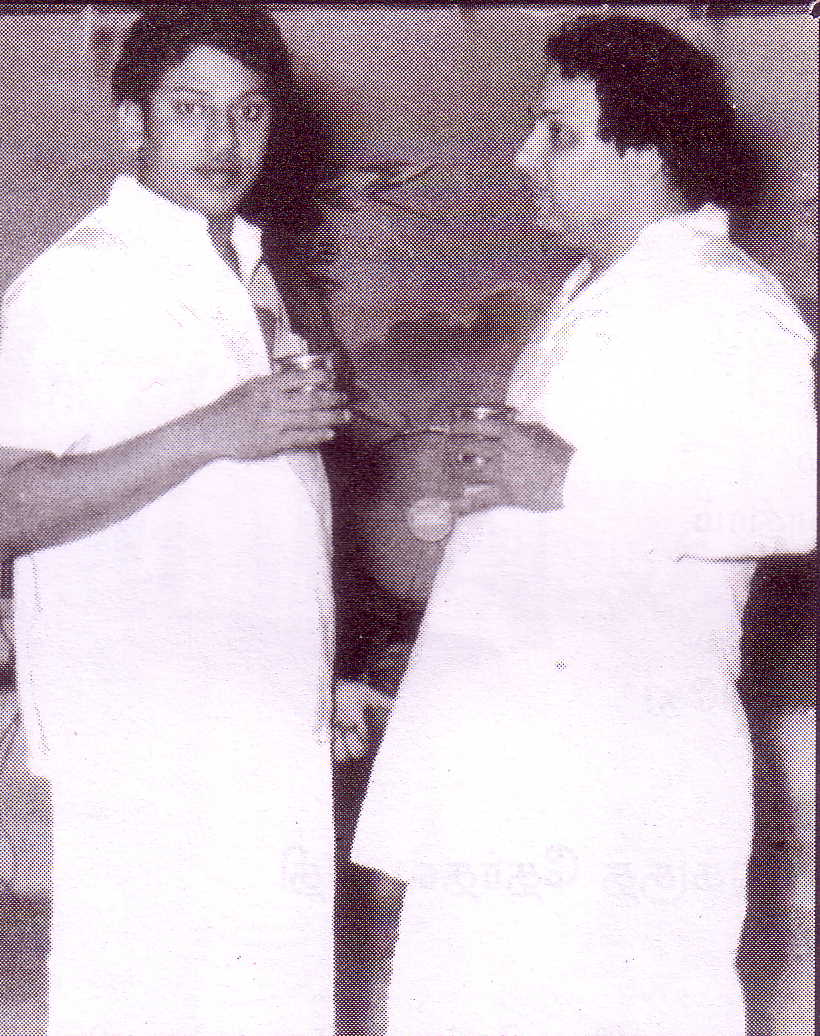
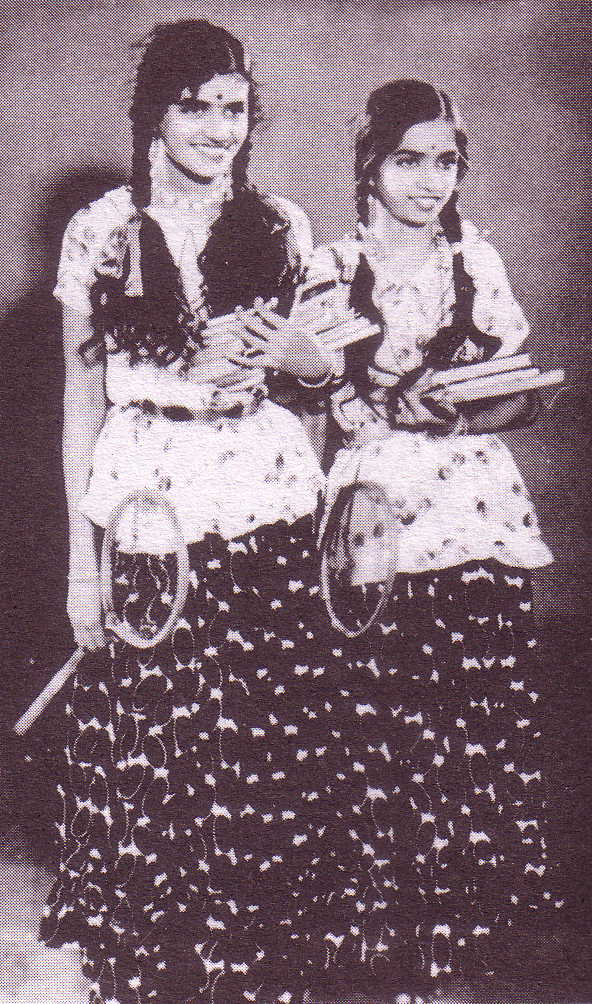
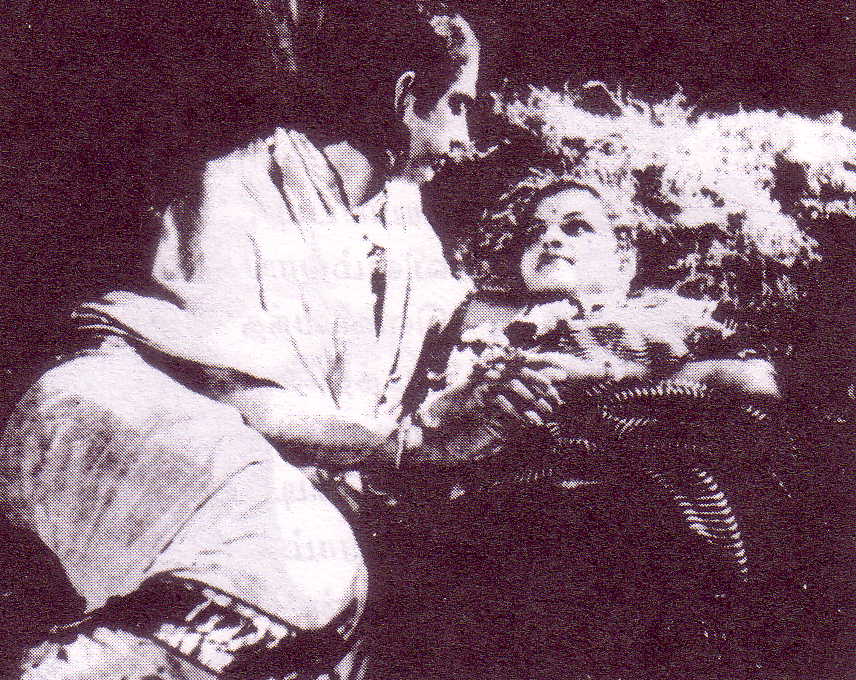
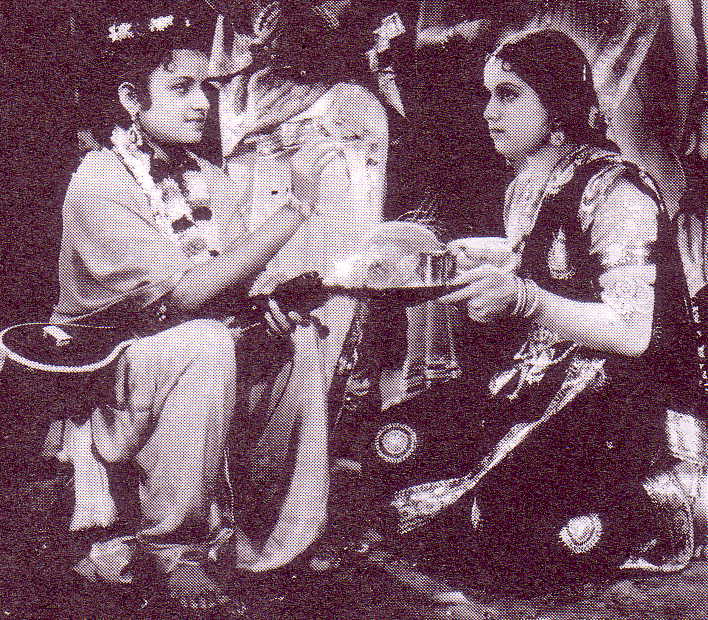
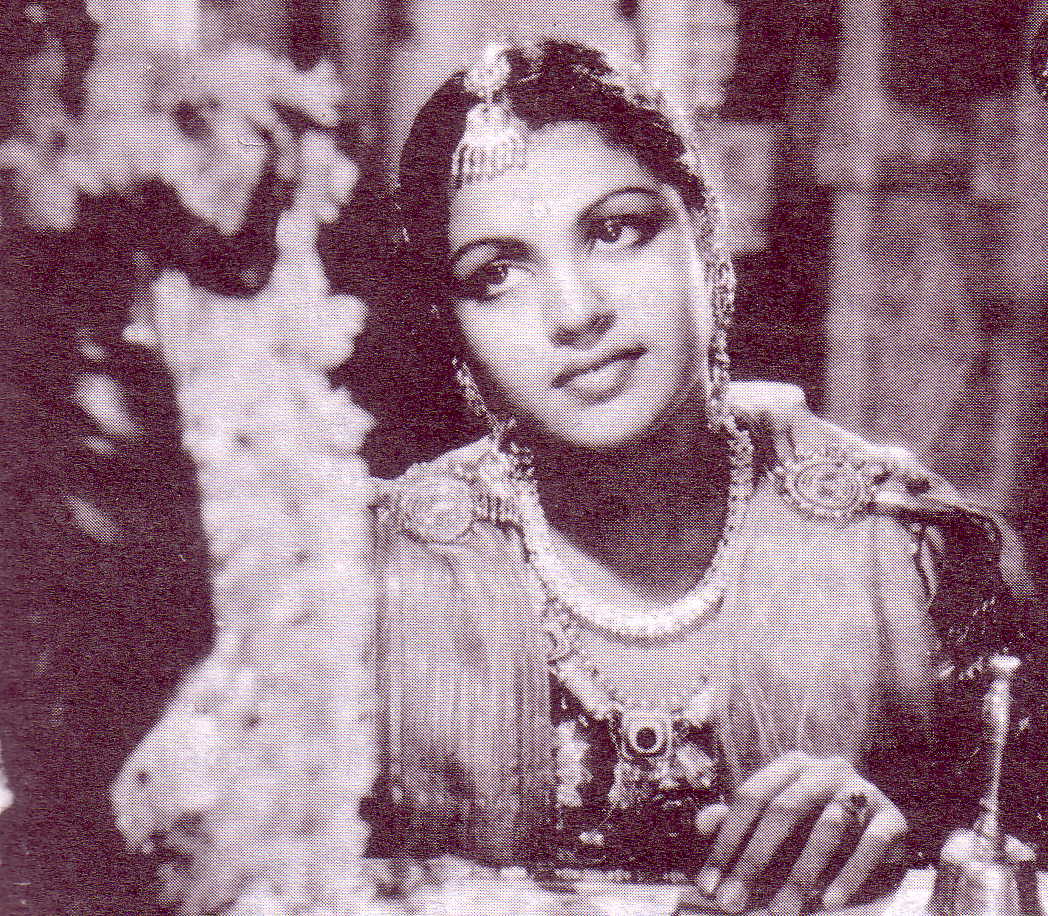
A correction to the photo-frames of M.S. Subbulakshmi movies:
Wherever number 2 is noted within parenthesis, next to the movie title, the following years need to be replaced.
Seva Sadhanam (1938), Sakunthalai (1940), Savitri (1941) and Meera (1945).
Good piece. Thanks. A minor addition. It is Boutros Boutros-Ghali. Yes. It’s twice.
MGR has gone for 27 years now …..
But he is NOT forgotten.
MGR is indeed remembered and ALWAYS …..
Adi